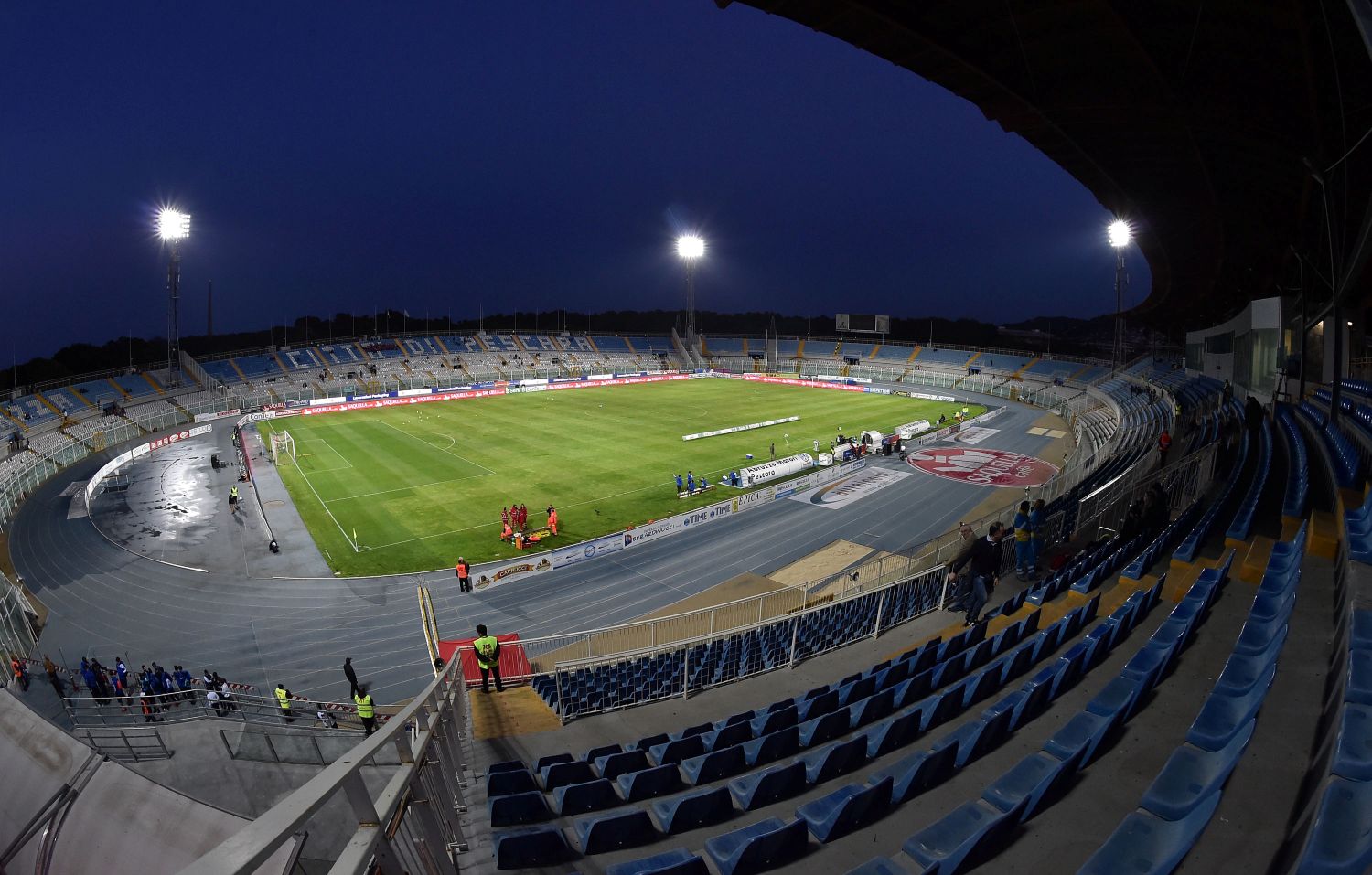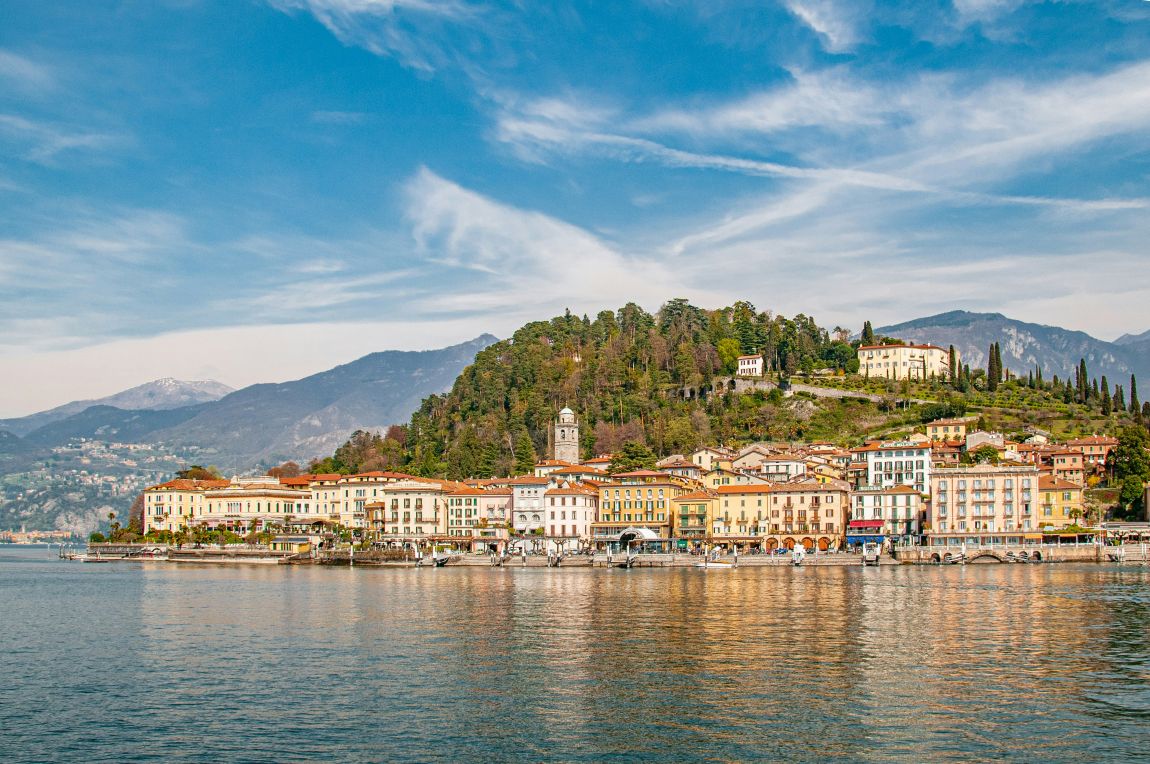
Built as one of the host venues for the 1960 Olympic Games in Rome, the Stadio Adriatico replaced the Rampigna that Pescara had used since the 1930s.
Close to the beach, the new ground boasted a 10,000-capacity, which would increase almost three-fold following the construction of a second tier in 1977.
A further revamp followed in the 1980s, with a bigger Curva Sud increasing the overall capacity to just north of 40,000.

Coupled with the latest renovations, Pescara’s return to Serie A at the end of 1987 season ensured the Adriatico was chosen as a reserve venue for the 1990 World Cup alongside the Partenio in Avellino, the Renato Curi in Perugia and Lecce’s Stadio via del Mare.
The Adriatico was not required for the tournament and capacity was eventually reduced to close to 21,000.
Stadio Adriatico factfile
- Capacity: 20,367
- Club: Pescara
- Opened: 1955 (last renovated in 2008)
- Address: Viale Vittorio Pepe, 65126 Pescara
How to get to the Stadio Adriatico
Located in the Portanuova neighbourhood in the south of Pescara, the Adriatico is approximately a 30-minute walk from both the main train station and the central Piazza della Rinascita.
The stadium, however, is just minutes away from the beach.
From Pescara train station
- TUA Spa Linea 7 Bus from Pescara Terminal Bus stop towards Capolinea Valle Rocca – 12 stops to Pescara Viale Pindaro stop, followed by a five-minute walk.
- TUA Spa Linea 21 Bus from Pescara Terminal Bus stop towards Capolinea Francavilla Foro – 12 stops to Pescara Viale Marconi stop, followed by a five-minute walk.
From Piazza della Rinascita
- Walk eight minutes to Pescara Terminal Bus stop, then TUA Spa Linea 21 Bus towards Capolinea Francavilla Foro – 12 stops to Pescara Viale Marconi stop, followed by a five-minute walk.
How to get drive to the Stadio Adriatico
The Adriatico is a 10-minute cab ride from both Pescara’s main train station and Piazza dei Signori, the old town’s main square.
- If driving from Bologna on the A14 motorway – Take the Pescara Ovest-Chieti exit, then take the Pescara-Chieti slip road and then the SS16/E80 road towards Francavilla-Foggia, before following signs for the stadium.
- If driving from Bari on the A14 motorway – Take the Pescara Ovest-Chieti exit, then take the Pescara-Chieti slip road and then the SS16/E80 road towards Francavilla-Foggia, before following signs for the stadium.
- If driving from Rome on the A24 motorway – Take the Pescara Ovest-Chieti-Pescara Centro exit, and then the SS16/E80 road towards Francavilla-Foggia, before following signs for the stadium.
How to buy public transport tickets
Public transport in Pescara is operated by Trasporto Unico Abruzzese (TUA). Tickets are available at ticket offices and authorised selling points, which include newsagents and tobacconists and via the TUA app, which is available to download from the App Store and Google Store.
A single ticket costs €1.40, while a daily ticket comes in at €3.60.
How to buy Pescara tickets
Tickets can be bought online via CiaoTickets.it or in person at authorised CiaoTicket sales points and at the ground.
Related Articles
Related Articles
We get a local take on what's hot in Cremona - where to eat and drink, sights to see and handy hints that might not be in the tourist guides.
The Artemio Franchi will always be the main reason calcio fans head to Florence but there is one other thing that must be on the to-do list.
After the final whistle is blown at Stadio Giuseppe Sinigaglia, there is no better place to unwind than Bellagio.




